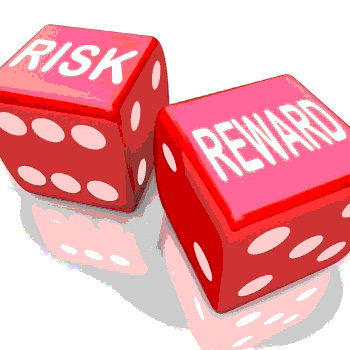Risk is the effect of uncertainty on objectives.
Note 1: An effect is a deviation from the expected—positive and/or negative.
This rather compact definition is how the International Standards Organization (more commonly known as ISO) views risk.
Optimistic Entrepreneurs
In general, food producers usually think of risk as the potential for undesirable consequences. However, it is important to recognize that the ISO definition specifically incorporates the concept of “positive” risk.
For most of us, the obvious example is the entrepreneur who undertakes risk to achieve financial benefits. We think of these people as positive risk-takers.
In reality, some studies suggest that entrepreneurs are not any more disposed to taking risks than non-entrepreneurs, but simply perceive risky situations more optimistically and are therefore more willing to undertake projects that others consider too risky. An optimistic attitude towards risk can be beneficial in terms of developing new products or starting new enterprises.
Sink the Boat
 Effective risk management involves a balance between controlling downside risks without losing the potential benefit associated with the proposed activity.
Effective risk management involves a balance between controlling downside risks without losing the potential benefit associated with the proposed activity.
In a perfect world, we would be able to distinguish between so-called “sink-the-boat” risks associated with pursuing a false opportunity, and “missing-the-boat” risks that result from by-passing a genuine opportunity. The objective is to be risk-rational rather than risk-averse or risk-reckless.
A risk-averse food producer is unlikely to achieve its full potential, and may inadvertently set itself up to fail since risk can never be entirely eliminated.
A New Mindset
There are several ways that food manufacturers can utilize a positive risk-based approach for maximizing opportunities rather than focusing exclusively on mitigating the risks of failure.
Positive risk-taking involves plans and actions that reflect the priorities of the customer, and requires recognition that:
1. New activities always entail some risk, and nothing new can be accomplished if one always takes a conservative approach to risk.
2. Positive risk-taking is not negligent disregard of the potential risks. Nobody, especially the end consumer, benefits from allowing risks to play their course through to failure.
3. Positive risk-taking is about giving people access to opportunities and genuine empowerment through collaborative effort and a clear understanding of the relative responsibilities of respective parties.
4. Positive risk-taking involves a realistic assessment of viability and costs, taking into account best practices and what has worked in similar situations.
5. Positive risk-taking is based on establishing trusting work relationships. It involves understanding the consequences of different courses of action, and making decisions based on the range of choices available—supported by adequate and accurate information.
6. Positive risk-taking is based in the “here and now,” influenced by our knowledge of what has worked—or not—in the past, and why. The value of historical lessons learned lies in understanding the root cause of what happened so that decision-making is not driven by the stigma of the event itself.
7. Positive risk-taking is about knowing that support is available if things start to go wrong, as they occasionally do for all of us.
8. Positive risk-taking can sometimes be distinguished by the observation that higher short-term risk may need to be tolerated and managed in order to achieve longer-term positive gains.
9. Positive risk-taking may include setting explicit boundaries to contain situations that may develop into potentially adverse circumstances for all involved.
10. Positive risk-taking may mean taking the risk of withdrawing products that are inappropriate to needs, or which offer no significant value.
Geoff Schaadt, M.Sc., M.B.A., is a consultant with Delta Partners.
>




